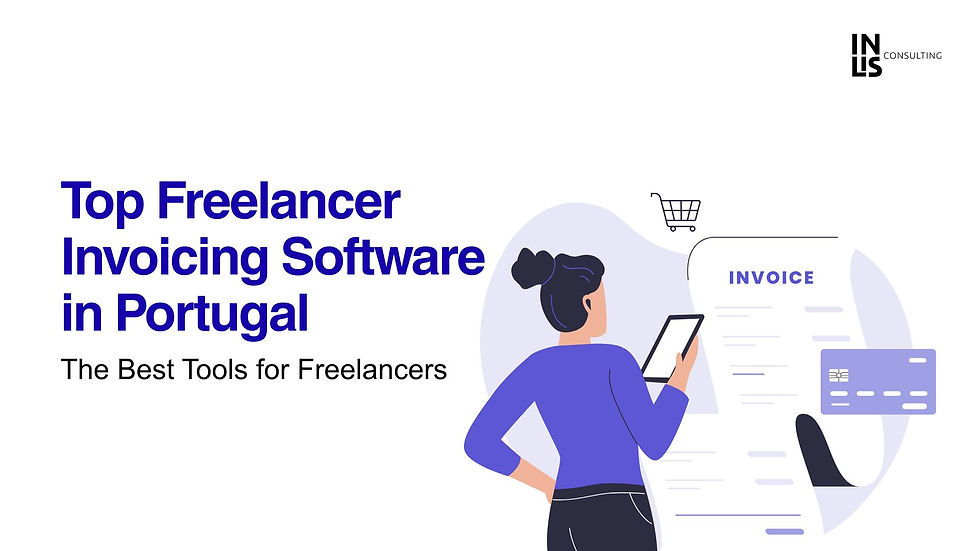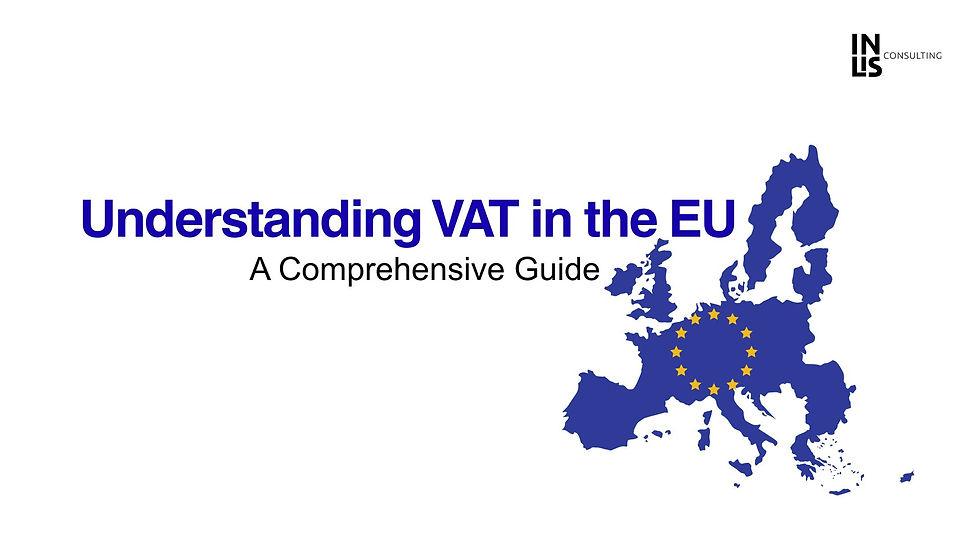The Generative AI Revolution in Global Taxation
- INLIS Consulting
- May 8
- 4 min read
This article explores how generative AI is changing the dynamics of global taxation and why its integration into daily tax operations is no longer optional, but imperative.

Taxation, one of the most complex and data-intensive functions in government and business, is undergoing a seismic transformation. With the advent of generative artificial intelligence (AI), the global tax landscape is shifting from manual, reactive compliance to automated, predictive, and strategic management.
Particularly in jurisdictions such as the United States, the United Kingdom, and across the European Union, tax authorities and professionals are beginning to realize the immense value of generative AI in optimizing workflows, ensuring compliance, and combating fraud.
1. What Is Generative AI and Why Does It Matter for Taxation
Generative AI refers to AI systems, like GPT-based models or other large language models (LLMs), that can generate text, code, summaries, and even financial narratives from unstructured or structured input. In the tax domain, these capabilities can:
Summarize complex tax regulations
Draft tax documentation and correspondence
Interpret regulatory changes in multiple jurisdictions
Automate tax reporting, reconciliations, and risk assessments
The generative aspect is crucial; these models not only process but also create tax-relevant content, reducing the need for repetitive human intervention.
2. Enhancing Productivity and Accuracy in Daily Tax Work
a. Document Automation
Generative AI can produce tax returns, audit responses, and internal reports within minutes. Tools like Thomson Reuters' CoCounsel and KPMG's KPMG Clara integrate generative AI to draft memos, client emails, and even interpret tax codes across regions.
b. Tax Research and Regulation Summaries
LLMs can digest thousands of pages of tax code updates and summarize what’s relevant for a business entity. For instance, in the U.S., tax professionals use AI-driven platforms to summarize IRS updates in near-real time.
c. Natural Language Querying
Instead of relying on manual data filtering, generative AI allows users to ask tax-related questions in plain English and receive context-rich answers. EY’s global tax platform has integrated such functionality, reducing research time by over 60%.
3. Real-World Adoption: USA, UK, and EU
United States
The IRS is increasingly investing in AI technologies to identify fraudulent tax filings. In 2023, the agency announced the expansion of its use of AI to examine large partnership returns, reducing audit time and human error. On the private side, major firms like Deloitte are using AI to conduct automated tax reconciliations and to prepare filings for multinational clients.
United Kingdom
HMRC (Her Majesty’s Revenue and Customs) is piloting AI tools to detect VAT fraud and improve customer service through chatbot-based query systems. UK-based firms also use AI to track global tax changes post-Brexit, particularly around customs and trade duties.
European Union
The EU’s VAT e-commerce package implementation has been heavily supported by AI tools that assist in cross-border tax compliance. Countries like Germany and the Netherlands are integrating generative AI in their tax platforms to streamline submission processes and detect anomalies in real time.
4. Compliance and Risk Management
Generative AI not only supports daily tasks but also provides predictive risk analysis. By analyzing historical data and correlating it with evolving regulations, AI systems can flag potential compliance risks before they manifest.
For example, AI can simulate the impact of new OECD BEPS (Base Erosion and Profit Shifting) rules on a company's transfer pricing strategy. This ability to forecast and advise proactively is transforming the role of tax professionals from reactive compliance officers to strategic advisors.
5. Challenges and Ethical Considerations
While the benefits are considerable, there are also notable challenges:
Data Privacy: Handling taxpayer data with generative AI must comply with GDPR (EU) and CCPA (California) regulations.
Explainability: Many AI models operate as black boxes, creating difficulties in justifying tax positions to regulators.
Bias and Hallucination: Generative models can occasionally produce incorrect or misleading summaries if not properly trained and supervised.
These concerns underscore the importance of a human-in-the-loop approach, where AI aids decision-making but does not replace professional judgment.
6. The Path Forward: Why Immediate Adoption Is Crucial
As tax authorities themselves adopt AI for enforcement and monitoring, it is essential that tax professionals keep pace. Those who integrate generative AI into their daily operations will benefit from:
Enhanced productivity and reduced operational costs
Improved accuracy and reduced audit risk
Stronger strategic tax planning capabilities
Governments are also signaling that digital transformation is not optional. With initiatives like Making Tax Digital (UK) and Digital Reporting Requirements (EU), professionals and firms must prepare for a future where AI-driven compliance is the norm.
At INLIS Consulting, we harness the power of generative AI alongside our expert human insight to deliver faster, more accurate, and fully compliant tax and payroll solutions in Portugal.
By integrating AI tools for document automation, real-time regulation updates, and smart payroll calculations, we free up time for strategic thinking and personalized support, ensuring every client gets the best of both technology and trusted expertise.
Ready to modernize your tax and payroll process? Get in touch with our team today and experience the future of finance in action.




Comments